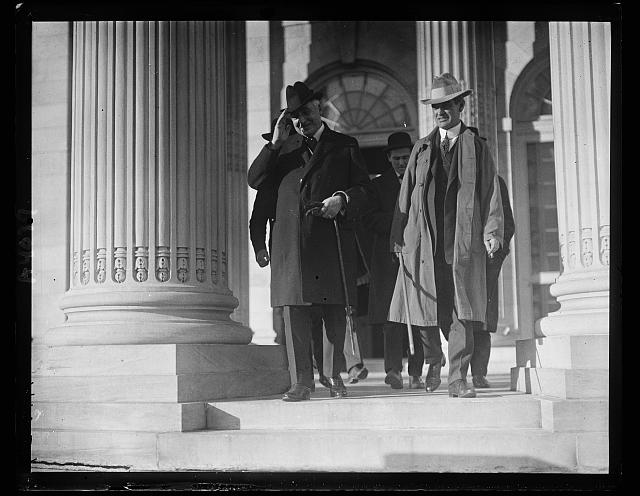
The Teapot Dome Scandal was one of the most notorious scandals in American history. It occurred during the administration of President Warren G. Harding, when several of his cabinet members and close associates were accused of using their positions of power to enrich themselves through corrupt deals.
The scandal got its name from the Teapot Dome oil fields in Wyoming, which were leased to private companies by the Harding administration without competitive bidding. The leases were highly controversial, and when it was revealed that some of the people involved in them had profited handsomely, public outrage led to investigations and eventual criminal charges.
Although President Harding was not personally implicated in any wrongdoing, the scandal badly damaged his reputation and tainted his legacy. It also contributed to the public’s growing cynicism about government and politics, which would only increase in subsequent years.
Who Was Involved in the Scandal?
Harding’s interior secretary, Albert Fall, was the main figure in the scandal. He was convicted of accepting bribes from oil companies in exchange for awarding them lucrative leases to drill on federal lands. Several other high-ranking officials, including Harding’s attorney general, were also implicated in the scandal.
How Was Warren Harding Implicated?
The scandal came to light when it was revealed that Harding’s Secretary of the Interior, Albert Fall, had leased public land to two oil companies without competitive bidding. In exchange for the leases, Fall had accepted bribes from the oil companies.
Harding was not directly involved in the scandal, but he was implicated because of his close relationship with Fall and because he had appointed Fall to his position. As a result of the scandal, Harding’s reputation was damaged and he became one of the most unpopular presidents in history.
Other Scandals Involving Warren Harding’s Administration
In addition to the Teapot Dome scandal, Warren Harding’s administration was also rocked by a number of other scandals. These included the Veterans’ Bureau scandal, in which veterans were given preferential treatment in receiving benefits; the Justice Department scandal, in which corrupt officials were accused of taking bribes; and the Navy Department scandal, in which officials were accused of accepting kickbacks from contractors.
While these scandals did not reach the same level of public attention as Teapot Dome, they nonetheless damaged Harding’s reputation and contributed to his eventual downfall. As more and more details of corruption within his administration came to light, Harding’s popularity plummeted, and he became increasingly isolated from both the public and his own party. He died in 1923, just over two years into his presidency, leaving behind a legacy that was tarnished by scandal.
The Aftermath of the Teapot Dome Scandal
The Teapot Dome Scandal was one of the most infamous corruption scandals in American history. President Warren Harding’s administration was rocked by the scandal, which resulted in several cabinet members and close advisers being convicted of crimes. The scandal also damaged Harding’s reputation, and he is often considered one of the worst presidents in American history.
The Teapot Dome Scandal revealed just how far government officials could go in their pursuit of power and money, even as they held positions of public trust. This event serves as an important reminder for us all about the need for oversight and accountability when it comes to governmental powers, so that another Teapot Dome does not have to occur again in the future.